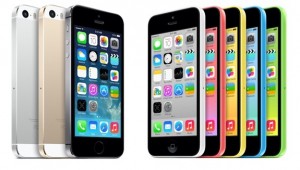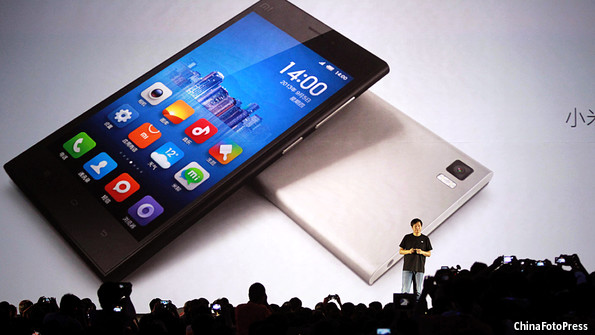 Don’t you feel loved when advertising speaks right at you? The things you love right on the homepage, your google search or even email.
Don’t you feel loved when advertising speaks right at you? The things you love right on the homepage, your google search or even email.
Collecting data is a company’s most crucial tool in order to satisfy customer’s needs and wants; this is done through IT and Information Systems. Following the Norman-Longworth-Information ladder companies turn data, collected by Management Information Systems (MIS), to wisdom, applying the collected data for decision making about unique marketing strategies, also called Business Technology Management (BTM). It’s so important, Sauder has a MIS Division, recognized as one of the world’s leading programs.
Many, many companies are using this tactic to build a more personal relationship with their customer; it’s obvious that a firm can’t send an employee to your doorstep to discuss your preferences, however through collecting data, firms are able to have an indirect conversation with you. Have you ever wondered what use your postal code could be to a shop? It may seem nothing to you, but a huge information base to the company, in order to group customers into different categories. Here, Apple gives a detailed outline what information they collect of users.
As mentioned on Poeny Au‘s and Tiana Mea‘s blog post, Pinterest uses this tool particularly to feature similar products that have been liked by the user.
Resources:
Images:



